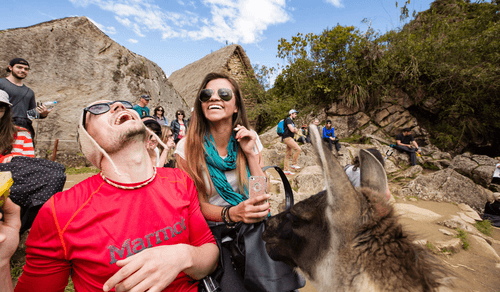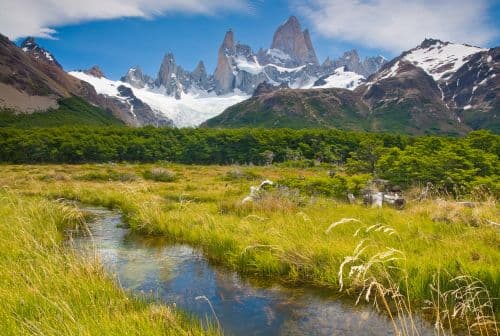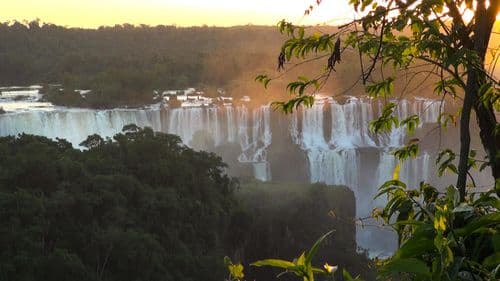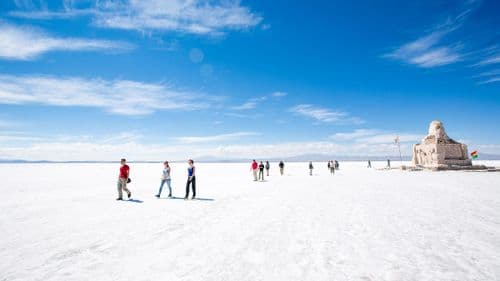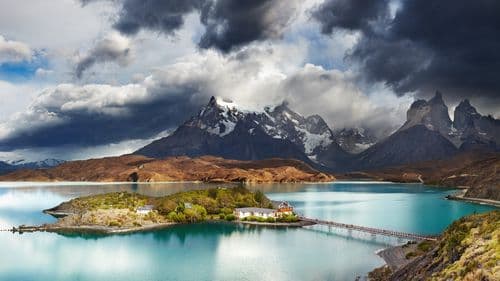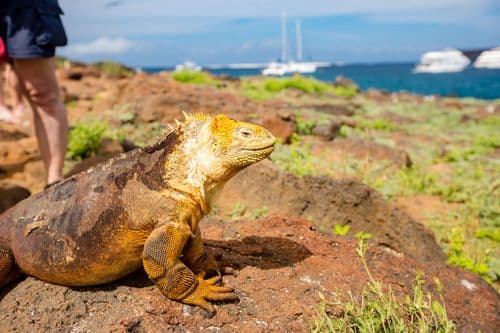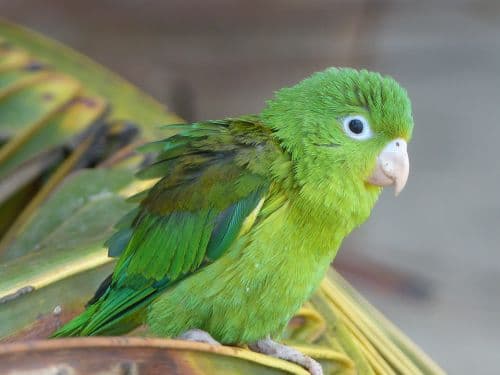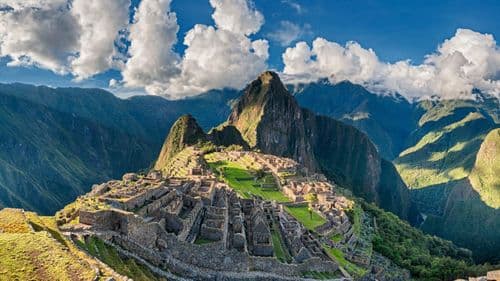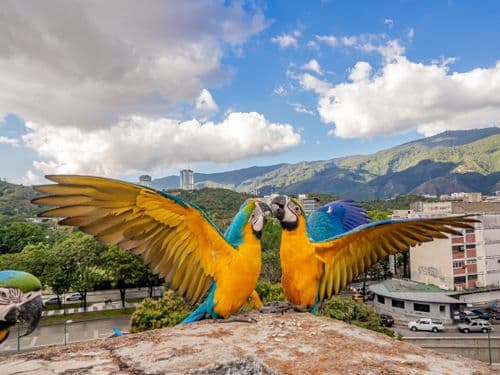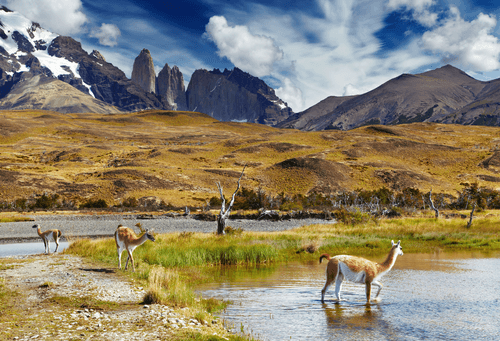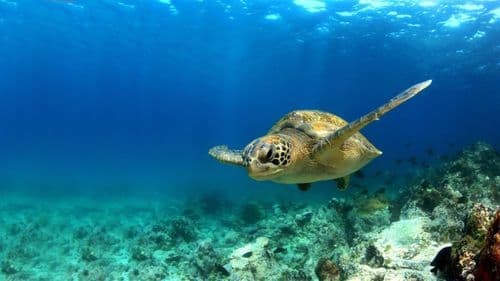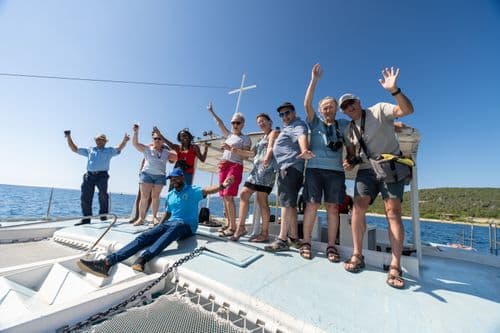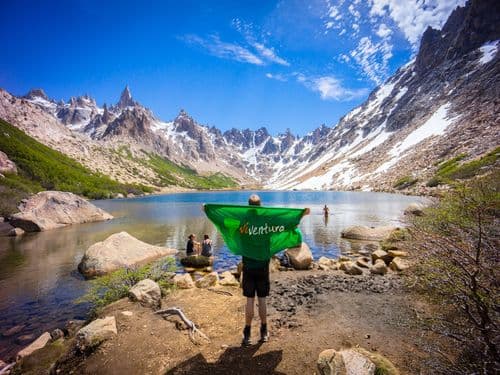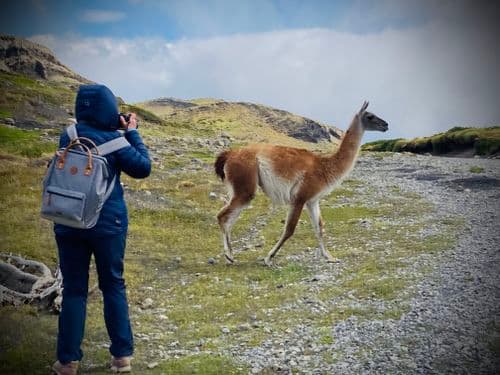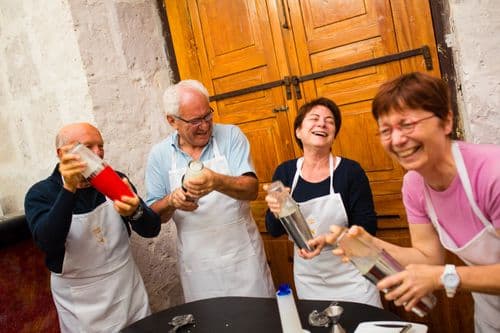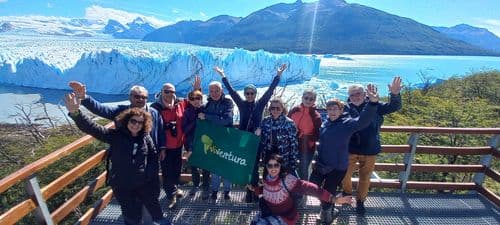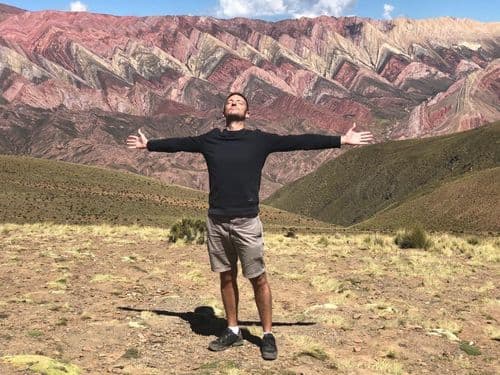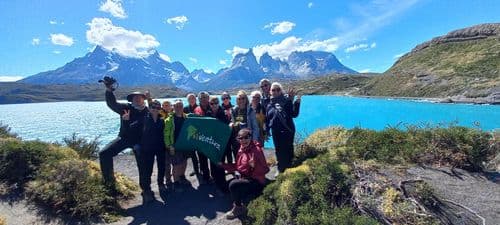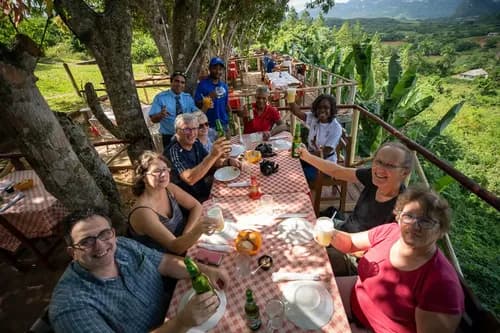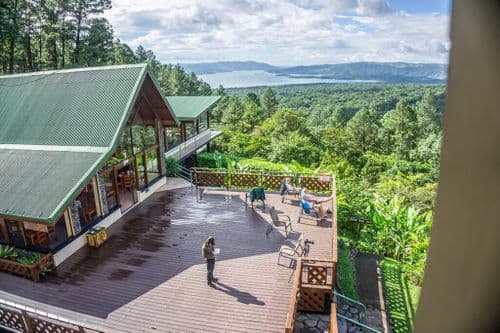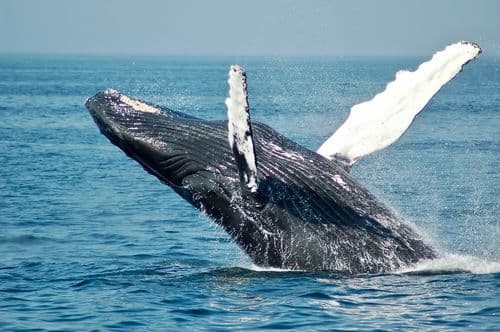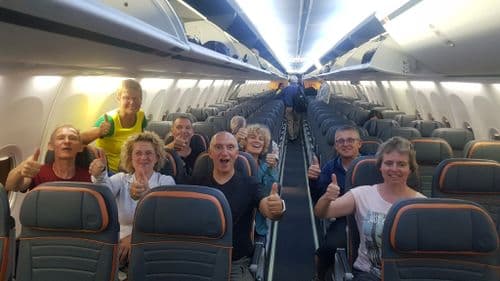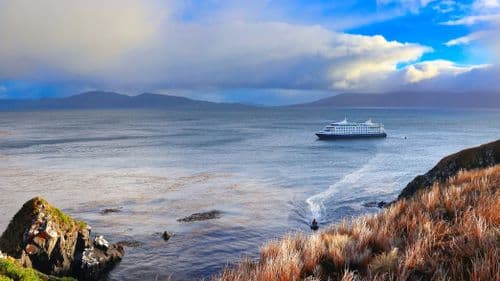Informationen über Black-browed Albatross
Our Expert Says… "One of the real highlights of visiting the outer islands in the Falklands, these birds are iconic. Although they don't breed in Antarctica, they are a common sight out at sea on the crossings and wonderful to spot from your ship."
Also known as the black-browed Mollymawk, the black-browed albatross is a medium-sized species that live widely across the sub-Antarctic region. It has an average wingspan of up to 2.4m (7ft 10") and adults weigh between 3.2 and 4.5gk (7 to 10 lbs).
Long-lived, in the wild these albatross can live up to 70 years and there are estimated to be about 1.2 million individuals. Almost a third of the entire world population breeds on the Falkland Islands in the South Atlantic.
Like all albatross, the black-browed albatross produces a waxy stomach oil that they use as a high energy food source for chicks as well as to sustain themselves during their long flights. If attacked by predators they can also expel the sticky substance from their beak as a form of defense.
Although their diet is mainly fish, squid and crustaceans they can be opportunistic feeders and have been witnessed stealing from other species.
Slightly ungainly on the ground, these birds are the very image of elegance in the air. Skilled gliders, they barely need to flap their wings as they skim the waves. You will spot many of them while cruising between destinations, and crossing the Drake Passage, and your expert wildlife guides will help you identify the black-browed albatross from the other species you will encounter on your Antarctic cruise.
Bilder von Black-browed Albatross









